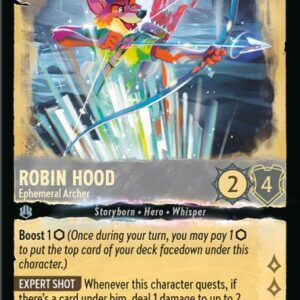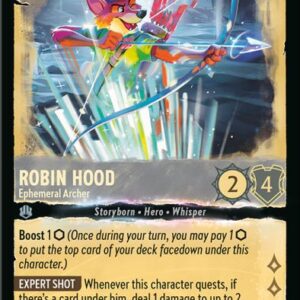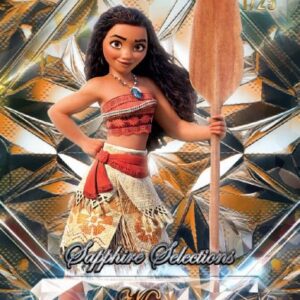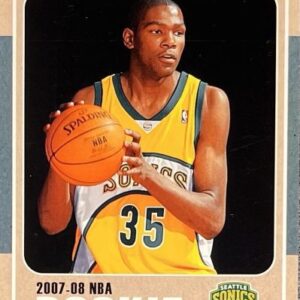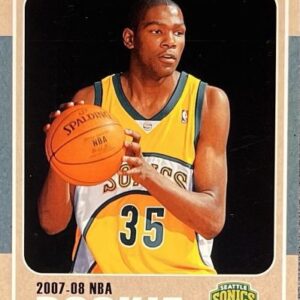In the magical world of Magic: The Gathering, where wizards wage wars with spells and cards become treasures, there exists a villain more dangerous than the most cunning Planeswalker—counterfeit cards. Whether you’re wandering into this enchanting universe for casual play or diving deep into the intricate history of every Black Lotus variant ever printed, discovering a fake card in your collection can feel like a betrayal of epic proportions.
Fear not, fellow conjurer! This guide equips you with the skills to battle counterfeits with the prowess of a seasoned spellcaster.
**Trust Your Senses First**
When it comes to differentiating real cards from their phony twins, sometimes it’s best to channel your inner Sherlock Holmes—start with the basics. Enter the realm of textures.
**Texture Tells the Tale**
Magic cards possess a distinctive matte texture, reminiscent of parchment and old tomes. If your card feels more like glossy diner menus than the mystical treasures they are supposed to emulate, you’ve got yourself a suspect. Compare your questionable card to a land card from the same set; if it’s shiny like a disco ball, you’ll want to gather more evidence.
**Light Check**
Now, bring your accused card to the light. Literally. Authentic Magic cards should pass the flashlight test with flying colors—or to be precise, a soft, cool hue. These cards boast a blue core hidden between ingenious layers of paper. Too opaque, and the card might be fake; too thin, and you might as well be holding a cheap imitation napkin. Make sure these fraudulent fiends don’t escape your scrutiny!
**Bring Out the Loupe**
It’s time to up your sleuthing game with a jeweler’s loupe (30x magnification recommended). This humble tool transforms any card inspection into an intense game of “Spy vs. Lie.”
**Rosette Pattern**
Under magnification, authentic Magic cards reveal a world of art and text born from tiny, round rosette dot patterns. It’s a floral affair that counterfeits seldom replicate. Instead, these cards show blurry dots, digital speckles, or inconsistent grids—a dead giveaway for the trained eye.
**The Solid Black Test**
Real Magic cards use a specialized black ink to illuminate names, mana symbols, and all-important text. It’s bold and solid, distinctly un-fuzzy when magnified. Forgeries fail dismally here, with their dithering blacks, more impressionist than realist.
**The Infamous Green Dot “L”**
On the backside, zoom into the green mana symbol. There, the yellow-green border should reveal a red dotted pattern forming a teeny, upside-down “L.” In the world of counterfeits, this dot may go missing or transform into a blob or smudge instead of the precision and detail of its true form.
**New-Age Safeguards**
Magic has not sat idly by, allowing artists and mages to be misled. Since Magic 2015, rares and mythics arrived draped with a holofoil stamp—tiny, oval, and embedded with microtexts like mana icons or planeswalker symbols. A legitimate holo is aerospace flushy and unimpeachable, whereas the forged may flaunt graininess, achieve lift-off courtesy of glue, or present like a poorly appliquéd sticker.
**What Not to Do**
While there are many ways to hunt fakes, few are as scarring as tearing the card in two or bending it like an ant trying out for a circus. Yes, these might once reveal the coveted blue core, but more likely, you’ll just be destroying a perfectly authentic card. Stick to non-destructive techniques for your sanity and your deck’s integrity.
The methods of modern counterfeiters have grown more clever, so your detection skills need to keep pace.
Magic: The Gathering remains a game of strategy, negotiation, and (as you’ve now learned) vigilant investigation. Learning the art of detection benefits not just personal collections, but the collective enjoyment and honesty within the game’s universe. Equip yourself with these tools and you may find your sixth sense—maybe seventh—awakening. As the saying almost probably goes: a savvy wizard is a prepared wizard.
Armed with this lighthearted yet investigative journey, take comfort knowing one final truth—one shared by collectors globally. Spotting fakes isn’t just an end. It’s part of the magical adventure.
